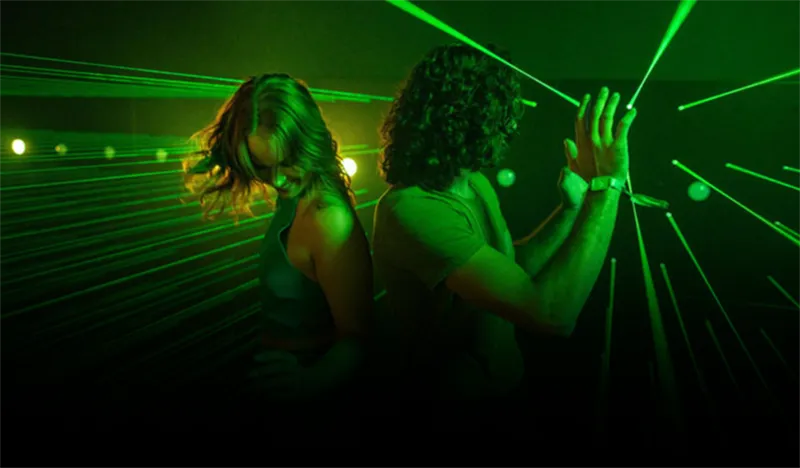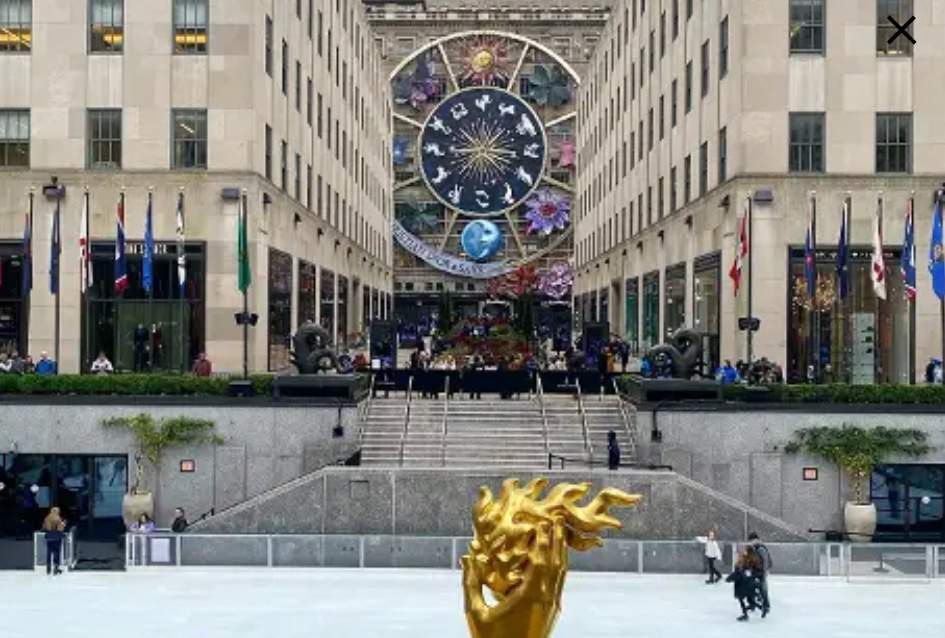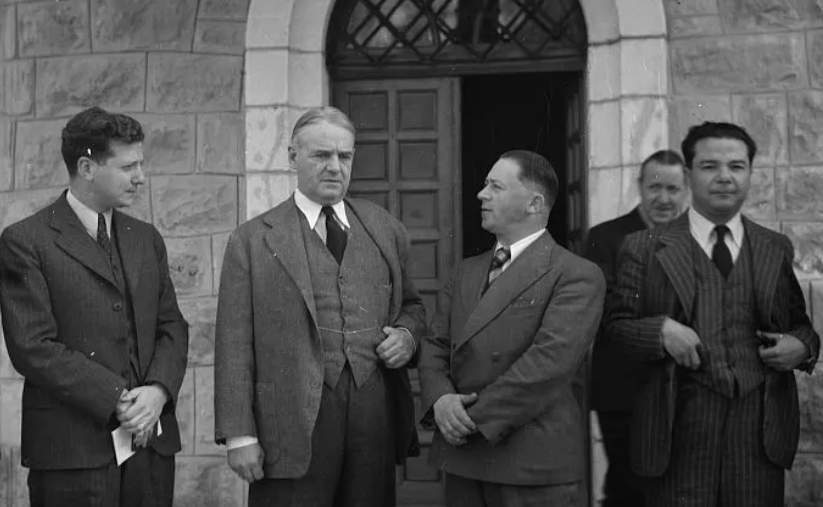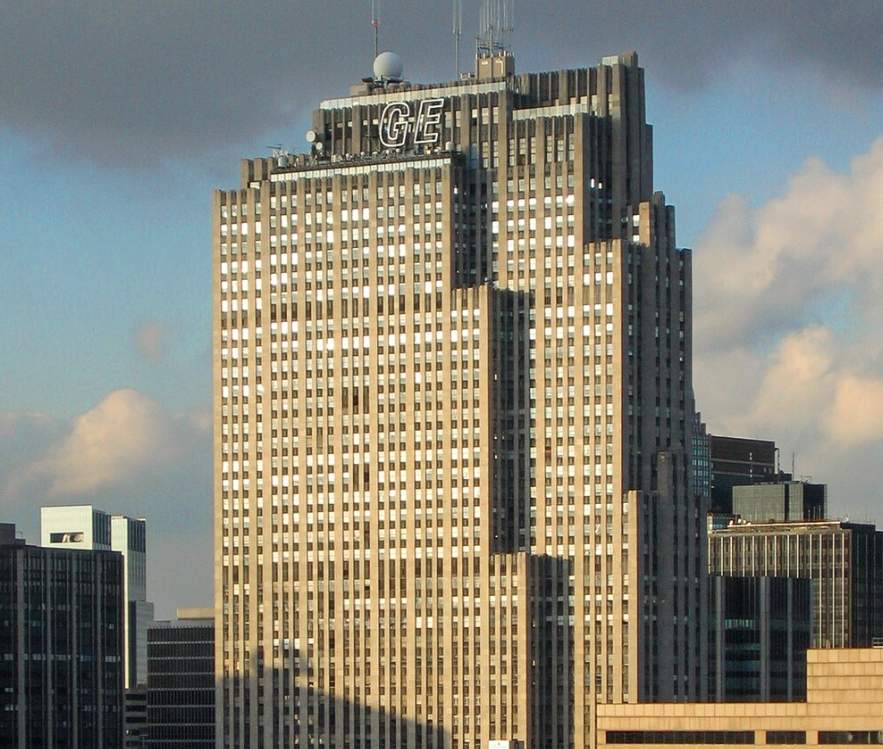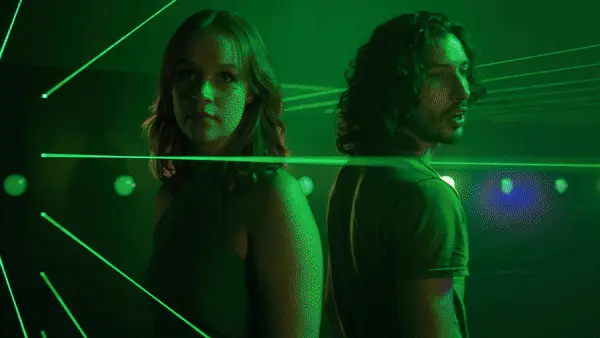5
minute read
Famed for its shimmering tree, ice-skating rink, and tall towers, Rockefeller Center hides a spooky history beneath its public glamor. The first of its 19 commercial buildings opened in 1933 and the center now sprawls across 22 acres in central Manhattan but during WWII Rockefeller Center was a veritable spy factory.
The FBI operated inside 30 Rock as the ‘Importers and Exporters Service Company’ providing ‘backstopping’ for spies. Room 3603 was a WWII intelligence hub, and soon-to-be CIA chief Allen Dulles led operations one floor above Britain's MI6. So is it any surprise Moscow came snooping around?
Here are five secrets you may not know about New York City’s iconic towers.
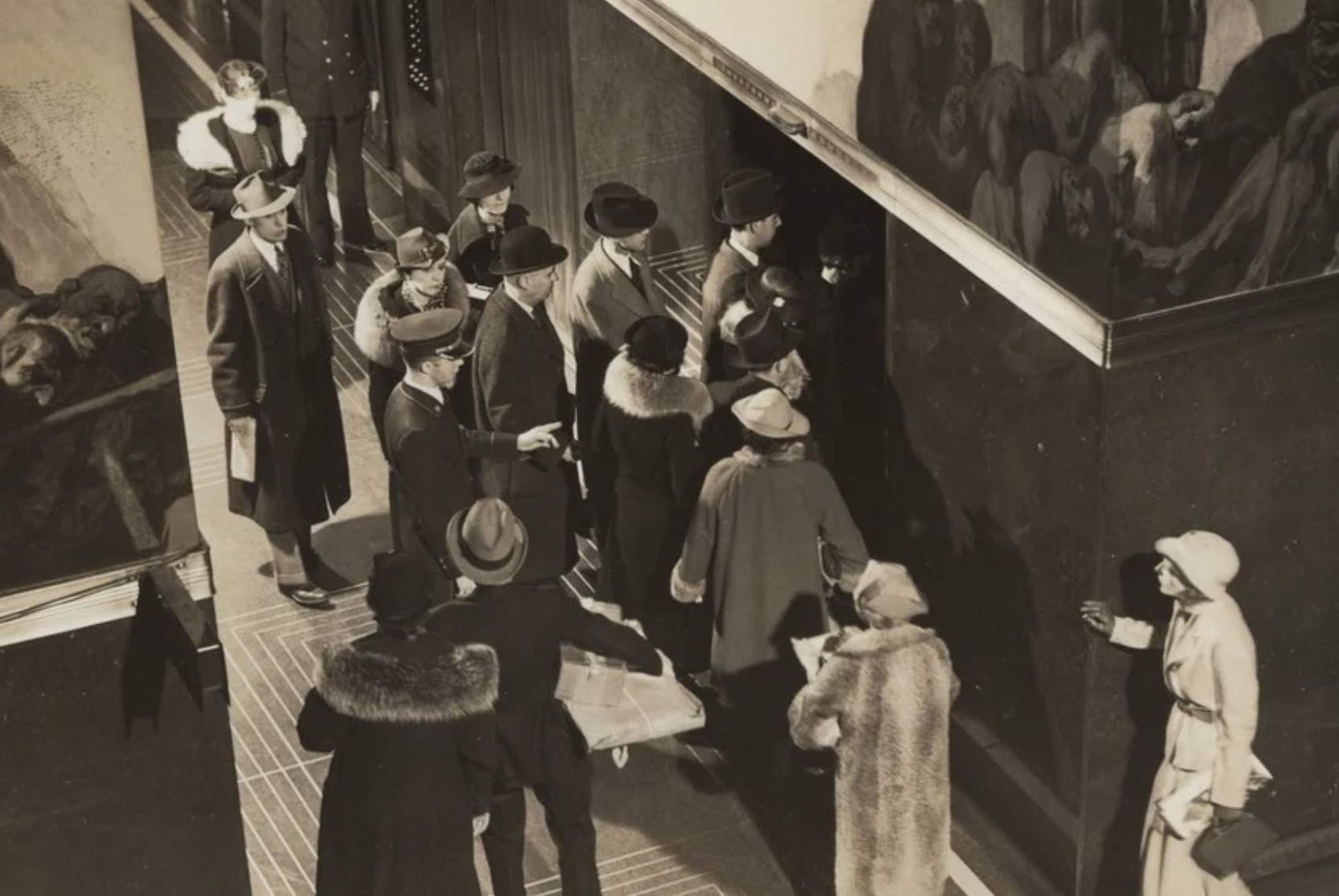
The FBI’s ‘Importers and Exporters Service Company’
With the world at war in August 1940, the FBI secretly moved into Room 4332 of 30 Rockefeller Center (the RCA Building), its first attempt to operate a long-term cover company for the Special Intelligence Service, the US’s first civilian foreign intelligence service set up to counter Hitler’s spies. Room 4332 proactively gathered intelligence about espionage, counterespionage, subversion, and sabotage links to South America, Central America, and the Caribbean. It would be a steep learning curve for the G-Men who were more comfortable dealing with gangs and guns than spies.
Why Rockefeller Center? “It likely had something to do with the support that Nelson Rockefeller had provided to President Roosevelt’s intelligence work,” the FBI said. “Furthermore, on multiple occasions after the SIS’s creation, our personnel were afforded cover by Nelson Rockefeller’s Office of the Coordinator of Inter-American Affairs, which countered Italian and German propaganda in the region”.
By 1946, the FBI had identified 887 Axis spies, 281 propaganda agents, and 222 agents smuggling strategic war materials in addition to radios and saboteurs.
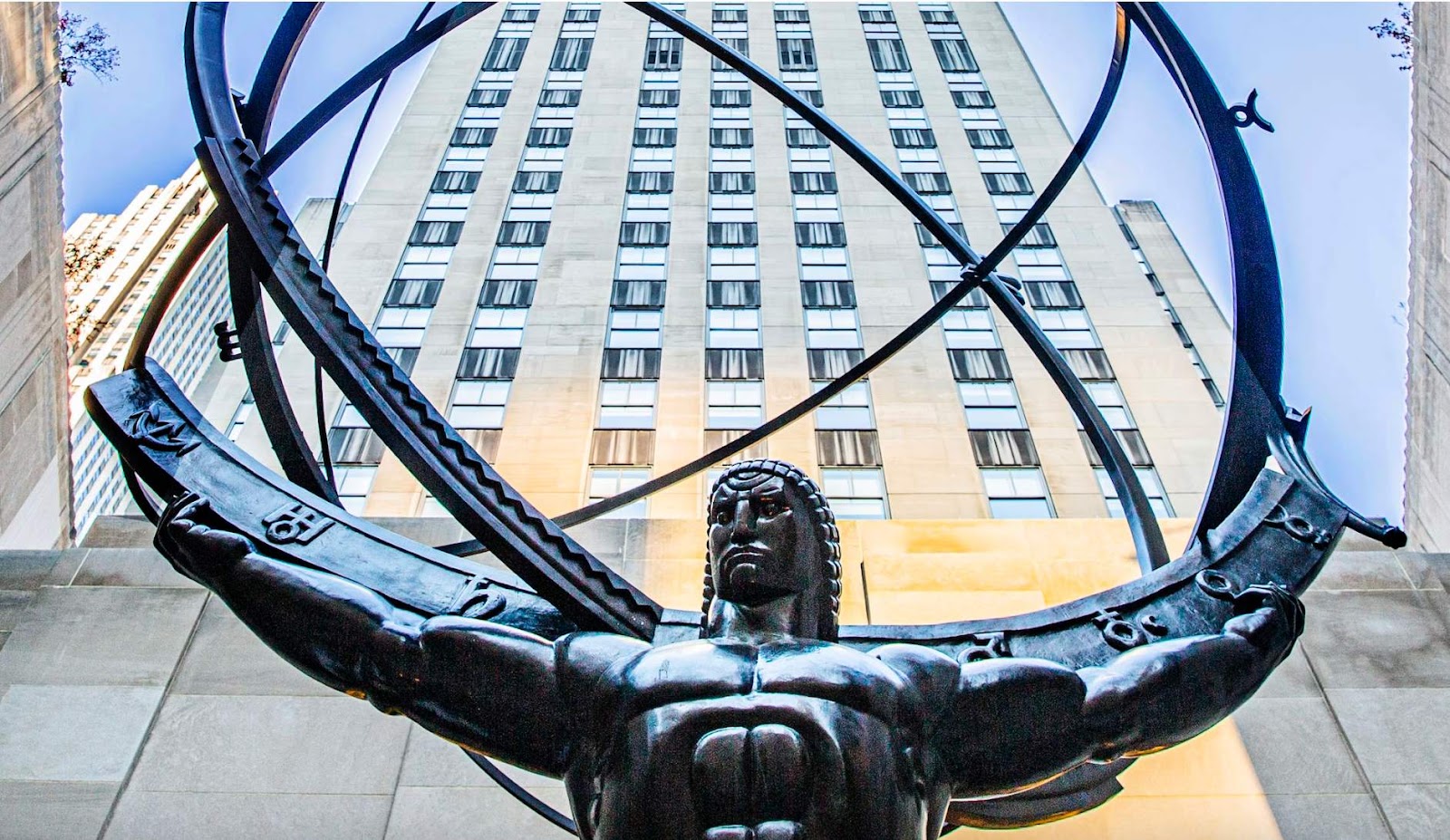
British Security Coordination
Rockefeller Center also hosted British Security Coordination spies who skulked around under the guise of the British Passport Control Office. In addition to looking after British interests, BSC was deep into news manipulation, black propaganda, and discrediting pro-Nazi or isolationist groups like 'America First.' Roald Dahl - later an author of children’s books including Willy Wonka - was one of 2,000 BSC spies. Many of its operatives were embedded in US newspapers, radio stations, and polling organizations.
Canadian-Scottish spymaster William ‘Intrepid’ Stephenson - a WWI fighter pilot and a friend of 007 creator Ian Fleming - led the BSC from the 35th and 36th floors of Rockefeller Center where his team supplied intel on German rearmament. The BSC also used the Overseas News Agency to disseminate fake news stories to drum up US support for the war and created a network that included its own radio station.

